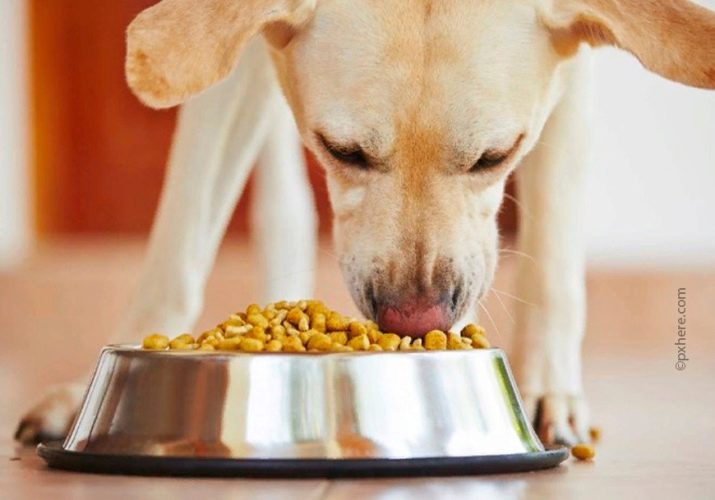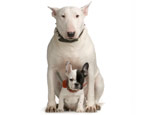Variety of food for Farmina puppies

The Farmina brand, which produces pet food, has recently entered our market, but has already won the interest of leading veterinarians and many owners of four-legged friends. The products of this brand are distinguished by excellent taste and are useful for the body of various animals.
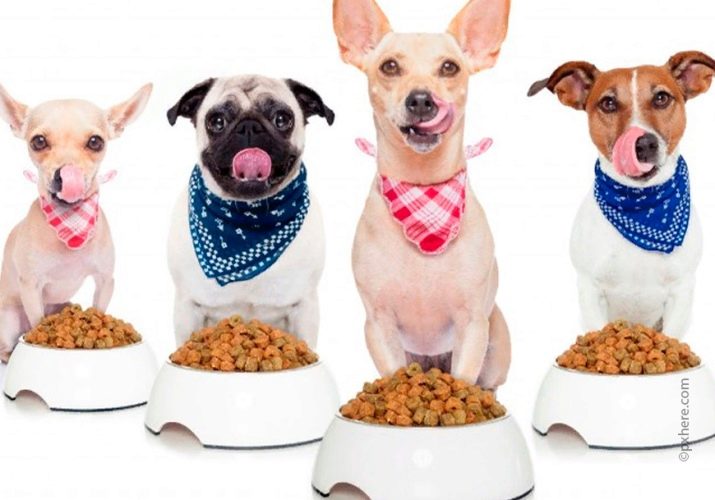
Advantages and disadvantages
Farmina company has 3 factories (Serbian, Italian and Brazilian). The company itself appeared in 1965 and first produced feed for the needs of agriculture, and already in 1999 it began to specialize in the production of food rations for pets.
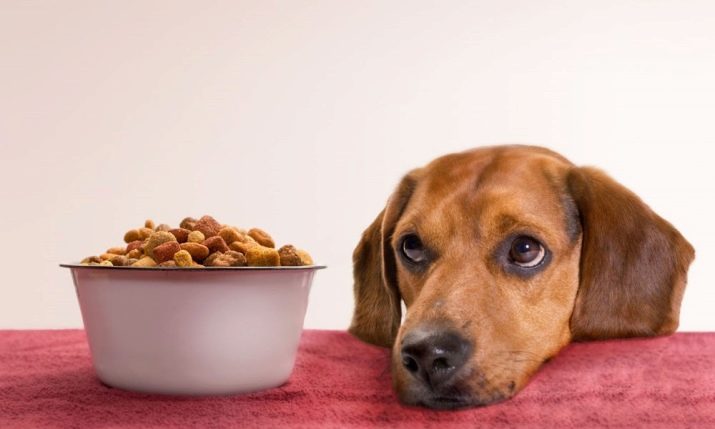
The benefits of the feed:
- in the composition there are no flavors, dyes, GMOs and other "chemistry";
- rationally balanced mixtures;
- indicators of meat products are not less than 40%;
- division of rations by age and size of pets (complete food for Farmina puppies is very popular);
- availability of a choice of grain-free products.
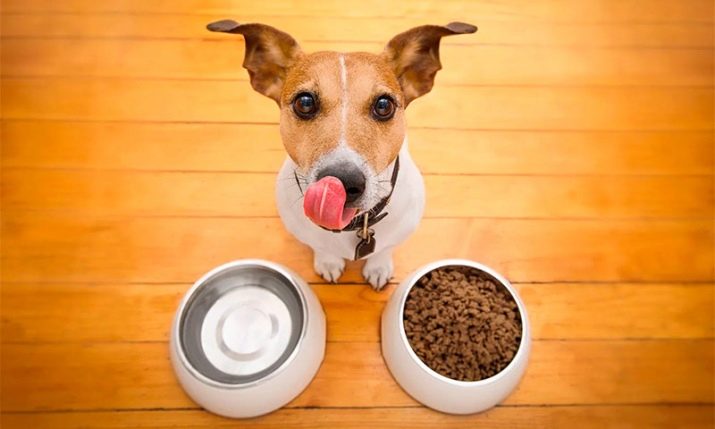
There are few downsides to the feed:
- rather high price for the segment;
- Veterinarians do not recommend using this brand's economy class feed mixtures to feed a dog every day.
Assortment of dry food
To determine exactly what is worth choosing from the brand's products for your pet, you can familiarize yourself in detail with its assortment.
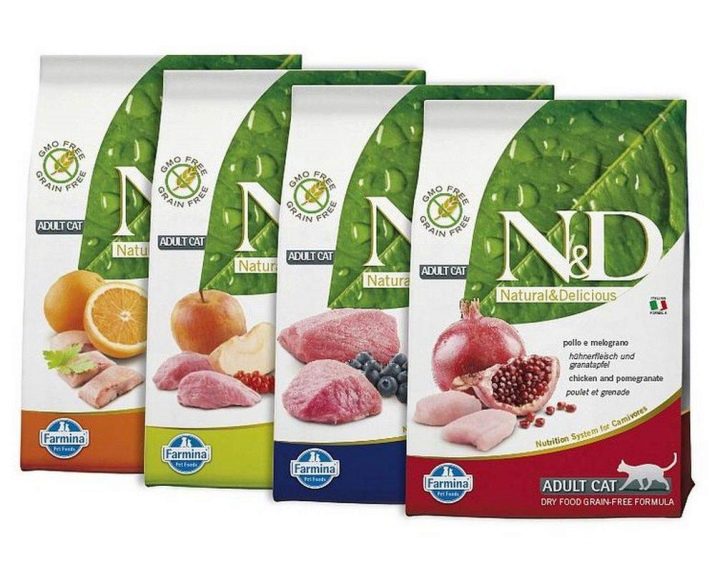
Mixes from the manufacturer contain elements of animal origin - up to 70%, there are also fruits, various vegetables, herbs, berries - 30%. The Farmina Grain Free Diet is perfect for puppies of both large and small breeds.
- Farmina Ecopet Natural - premium products. This food is for adult dogs and puppies, for pregnant and lactating bitches of all breeds. Product versatility - in crackers that are ideal for dogs of all sizes - from small to medium to large. This mixture will help with stomach ailments and allergies.
- Cibau Are products that the brand itself refers to as a super-premium class. There are the most necessary organic components and nutrients here. The main source of protein is tender lamb, chicken, and sea fish. Rice and corn will help keep your dog energized. There is also fish oil with Omega-3 and Omega-6 elements. The lamb line is suitable for any age of the animal. The mixture will be 85% digested in the pet's body.
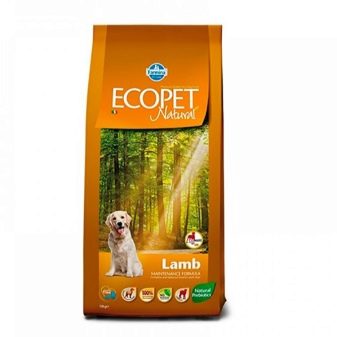
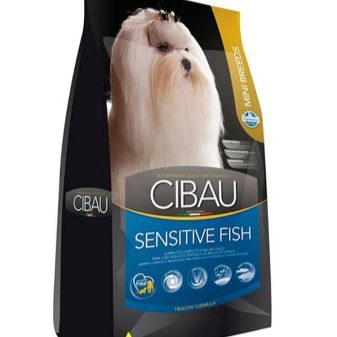
Also, pet owners have the opportunity to buy special rations for special nutritional needs:
- Puppy Fish, Adult Fish, Adult Lamb - in the presence of allergic reactions of different etiology;
- Active Formula and Power Formula - with high physical exertion;
- Adult Formula, Adult Small Bites and Adult Large Breed - for different breeds with a normal level of activity;
- Light formula for animals with overweight problems;
- Senior - for pets over 7 years old.
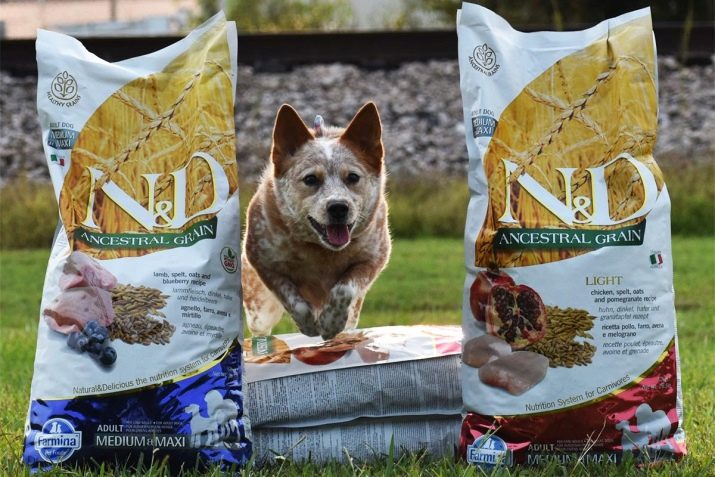
All diets are the perfect combination of protein, fat, carbohydrates, vitamins, minerals and antioxidants for a healthy and prosperous life.... One of the most requested options in this line is Farmina N&D Grain Free Pumpkin Lamb & Blueberry Puppy Mini.
This is the best grain-free diet based on pumpkin, lamb and blueberries (suitable for small puppies, pregnant and nursing dogs).
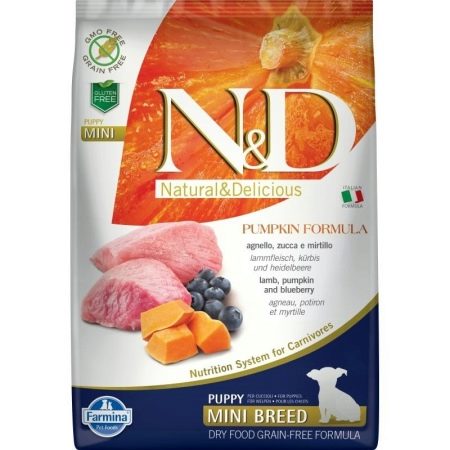
The Holistic Class is a series of either low-grain or no-grain N&D diets. The name N&D stands for Natural & Delicious Grain Free - "Naturally Delicious Grain Free Food".
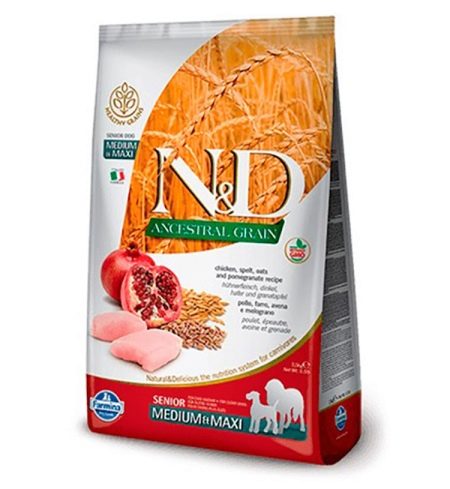
The food options include:
- chicken, lamb or lamb;
- fish meat;
- potato;
- fish fat;
- chicken eggs;
- yeast;
- green pea;
- various amino acids;
- vitamins.
Also, certain feeds contain pomegranate, blueberry, pumpkin, apple, orange.
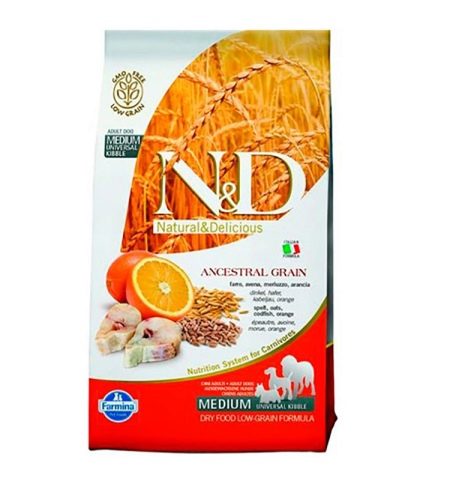
Vet Life is a special line that includes almost 20 types of medicated food and hypoallergenic diets. The most popular among them:
- Growth canine - for puppies with problems of immunity and general development;
- Joint canine - for the treatment of diseases of the musculoskeletal system;
- Gastrointestinal - for dogs with gastrointestinal problems;
- Struvite Management - for the prevention of kidney disease;
- Cardiac - for the treatment of heart disease;
- Ultrahypo - for dogs with allergies;
- Neutered - for neutered dogs weighing up to 10 kg.
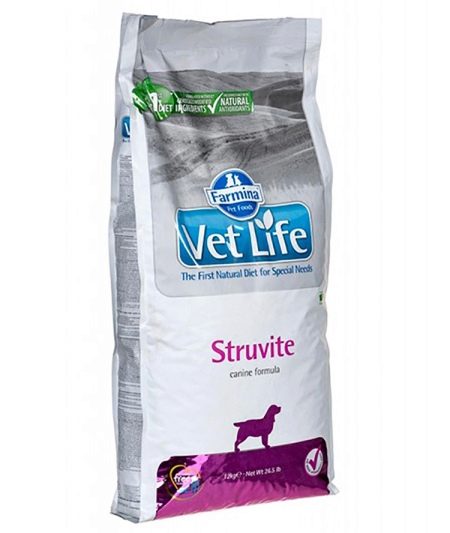
Wet feed overview
Farmina canned food is considered complete, it does not have to be combined with dry food or separately purchased vitamin complexes. The composition is qualitatively balanced, it includes all the necessary nutritional elements:
- humidity in canned food reaches 75%;
- lack of thickeners, carrageenans, stabilizers;
- more meat in the composition.
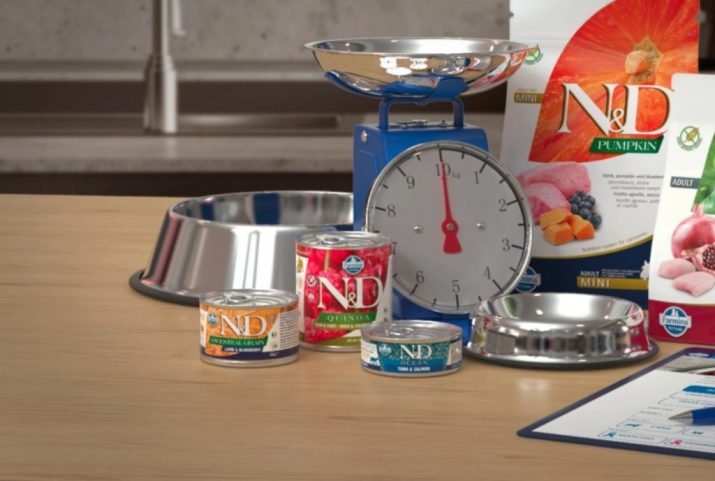
N&D PRIME canned food assortment:
- chicken with pomegranate for small puppies;
- chicken with pomegranate for adults;
- wild boar with an apple;
- lamb meat with ripe blueberries.
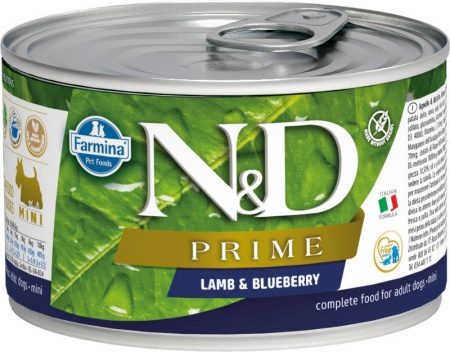
N&D QUINOA food range:
- duck with coconut;
- herring with coconut;
- quail meat with coconut;
- deer meat with coconut.
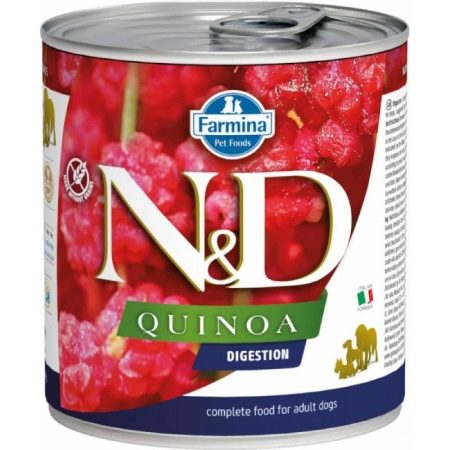
N&D PUMPKIN assortment:
- lamb meat with pumpkin and blueberries;
- chicken meat with pumpkin and pomegranate;
- wild boar with pumpkin and apple;
- chicken with pumpkin and pomegranate;
- duck with pumpkin;
- lamb meat with pumpkin and blueberries;
- quail meat with pumpkin;
- deer meat with pumpkin.
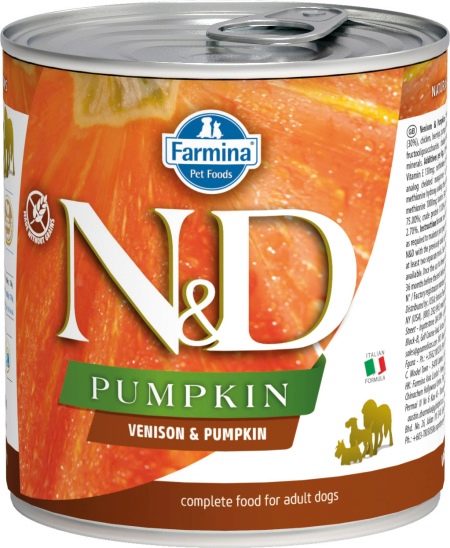
N&D OCEAN Ration Range:
- cod meat with pumpkin;
- herring with pumpkin;
- salmon with pumpkin;
- sea bass with squid;
- trout with salmon.
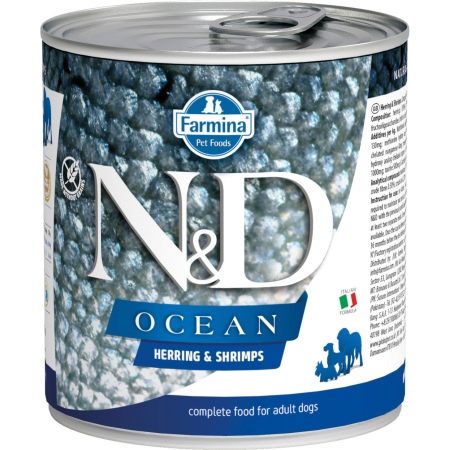
N&D ANCESTRAL GRAIN Converted Feed Range
- wild boar with an apple;
- chicken with pomegranate;
- lamb with blueberries.
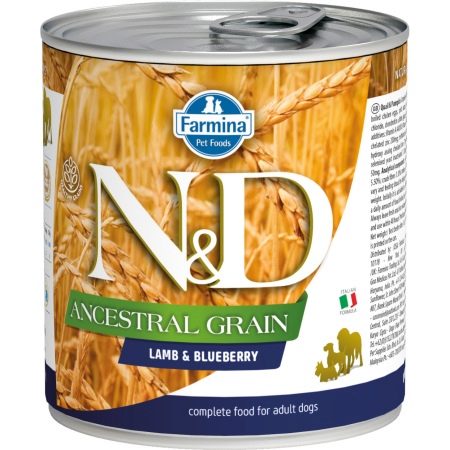
The range of wet diets VET LIFE:
- fish (or duck) with potatoes (for allergies);
- Renal (to support sick kidney function);
- Struvite (for treating struvite urolithiasis);
- Convalescence (for high-quality restoration);
- Gastrointestinal (for gastrointestinal diseases).
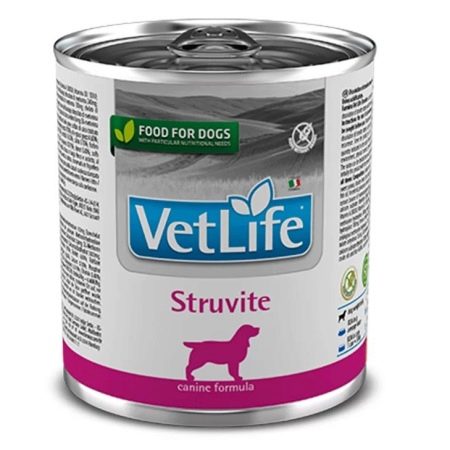
Feeding features
Puppies during the period of active growth should be fed, calculating the daily portion of the dry diet for them.
Mixtures that contain chicken and pomegranate fillets should be offered to them from the age of 3 weeks.
The daily dosage of a special formula for puppies from birth to seven months of age should be more than the norm for feeding an adult by almost 50%. This means that:
- puppies of large breeds need from 600 to 900 g of a special mixture per day;
- babies of medium breeds are given 450-600 g of a diet;
- babies that belong to small species of breeds - 200-450 g of the mixture.

A large individual (from 30-35 to 65 kg of weight) will need about 400-600 g of food for 1 meal. Adult dogs, but medium breeds (from 15 to 30-35 kg) will need 300-400 g of food. For small animals (weighing no more than 15 kg) the daily rate is 150-300 g. Ideally, it is better to feed them 2 times a day, dividing 1 portion into 2 parts. Elderly animals and those dogs that have very little movement should reduce the usual dosage by 25%.
For the most active pets (sports dogs or service pets), the dose should be increased. It is also necessary to revise the diet during pregnancy or lactation. They receive another third of the dose (for those pets that are active) or a quarter (for pregnant or lactating).
